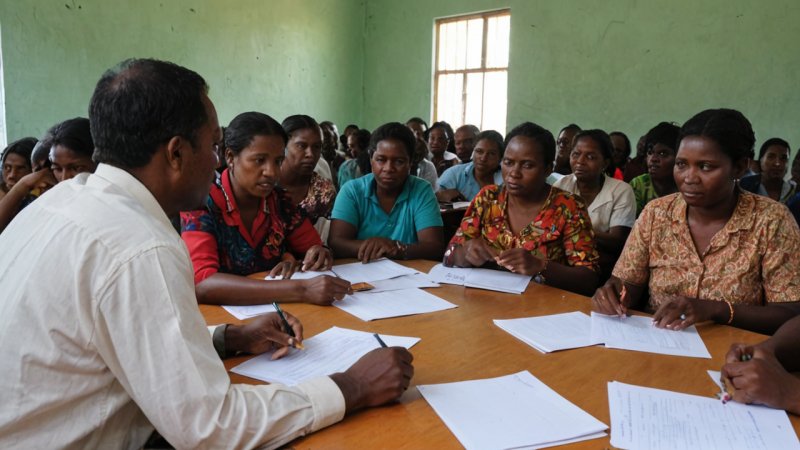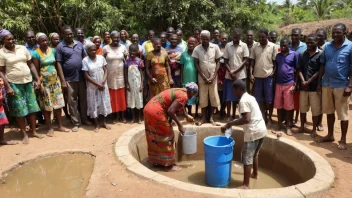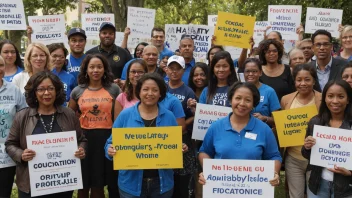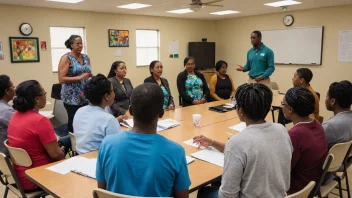Poverty is a complex issue that affects millions around the world, necessitating a multi-layered approach to create effective and sustainable solutions. To achieve meaningful poverty alleviation, programs must not only address immediate needs but also empower individuals and communities to overcome systemic barriers. This article discusses essential strategies for designing and implementing lasting poverty alleviation initiatives.
The foundation of any successful poverty alleviation program lies in community engagement. It is vital to include community members in the planning and execution phases of the initiative. Conducting participatory assessments allows for a deeper understanding of the local context, ensuring that the program addresses specific challenges that residents face. By involving individuals in the decision-making process, programs can foster a sense of ownership, which is critical for sustainability.
Education serves as a powerful tool for breaking the cycle of poverty. Programs that focus on enhancing educational opportunities can significantly improve individuals' prospects and contribute to community development. Initiatives such as skill-building workshops, adult education classes, and mentorship programs can equip participants with the knowledge and skills necessary to secure better employment. Furthermore, promoting educational access for children and youth can pave the way for future generations to thrive.
Economic empowerment is a crucial aspect of sustainable poverty alleviation. Providing access to microloans, grants, or training in entrepreneurship can enable individuals to start small businesses, creating income-generating opportunities for themselves and their families. Additionally, offering financial literacy training can help participants manage their resources more effectively, ensuring that they make informed decisions about spending, saving, and investing. By facilitating economic independence, poverty alleviation programs can contribute to community resilience.
Collaboration is another key strategy in implementing successful poverty alleviation initiatives. Partnering with local organizations, government agencies, and businesses can enhance the program's reach and effectiveness. Such collaborations can leverage resources, expertise, and networks that can amplify the impact of individual efforts. For instance, a partnership with a local health organization can address health-related issues that often accompany poverty, ensuring that participants receive comprehensive support.
Monitoring and evaluation are essential for understanding the impact of poverty alleviation programs. Establishing clear metrics for success and regularly collecting data can help identify strengths and areas for improvement. Engaging participants in the evaluation process can provide valuable feedback and foster a culture of accountability. By remaining adaptable and responsive to community needs, programs can evolve to maximize their effectiveness and sustain their impact over time.
Lastly, raising awareness about poverty and its systemic causes is crucial for building support for sustainable initiatives. Educational campaigns that highlight the challenges faced by impoverished communities can encourage individuals and organizations to take action, whether through volunteering, advocacy, or collaboration. By fostering understanding and empathy, we can inspire collective efforts to address poverty at its roots.
In conclusion, creating sustainable poverty alleviation programs requires a holistic approach that emphasizes community engagement, education, economic empowerment, collaboration, and ongoing evaluation. By focusing on these strategies, we can develop initiatives that not only alleviate immediate hardships but also empower individuals and communities to build a brighter future.
Strategies for Lasting Poverty Alleviation Initiatives
Explore essential strategies to design and implement effective poverty alleviation initiatives that empower communities and create lasting change.






